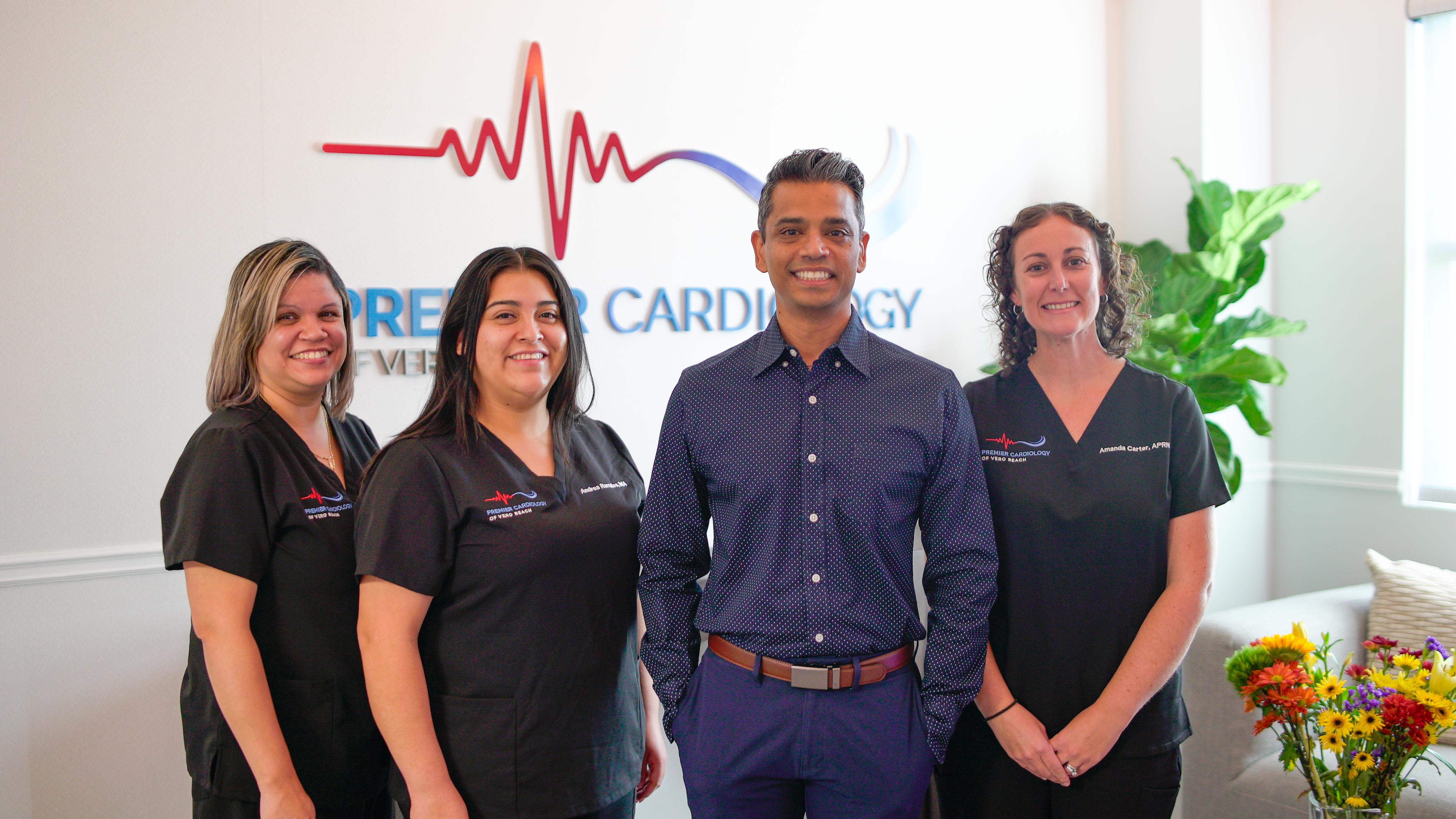
Atrial arrhythmias are a common type of heart rhythm disorder that can lead to serious complications if left untreated. Fortunately, there have been significant advancements in medications and treatment methods for atrial arrhythmia in recent years. In this article, we will explore the latest breakthroughs in atrial arrhythmia medications and treatment options that are helping patients manage their condition more effectively.
Medications for Atrial Arrhythmia
1. Antiarrhythmic Medications
- Antiarrhythmic medications are commonly prescribed to help regulate the heart's rhythm and prevent atrial arrhythmias.
- Class I medications work by blocking sodium channels in the heart, while Class III medications target potassium channels.
- Newer antiarrhythmic medications like dofetilide and dronedarone have shown efficacy in managing atrial arrhythmias with fewer side effects. If you are looking for an atrial arrhythmia treatment, you may contact Premier Cardiology of Vero Beach.
2. Rate Control Medications
- Rate control medications are used to slow down the heart rate in patients with atrial arrhythmias.
- Commonly prescribed rate control medications include beta-blockers like metoprolol and calcium channel blockers like diltiazem.
- Newer rate control medications like ivabradine have shown promising results in reducing heart rate without affecting blood pressure.
Treatment Methods for Atrial Arrhythmia
1. Catheter Ablation
- Catheter ablation is a procedure that involves threading a thin tube (catheter) through blood vessels to the heart to destroy small areas of heart tissue that are causing arrhythmias.
- Recent advancements in catheter ablation techniques, such as cryoablation and radiofrequency ablation, have improved success rates and reduced the risk of complications.
- Catheter ablation is considered a safe and effective treatment option for patients with atrial arrhythmias that do not respond well to medications.
2. Left Atrial Appendage Closure
- Left atrial appendage closure is a procedure that involves sealing off the small pouch in the heart where blood clots can form and potentially cause strokes in patients with atrial fibrillation.
- Recent studies have shown that left atrial appendage closure devices, such as the Watchman device, are as effective as blood-thinning medications in preventing strokes and have lower bleeding risks.
- This procedure is particularly beneficial for patients who are at high risk of bleeding complications from long-term anticoagulant therapy.
3. Hybrid Maze Procedure
- The hybrid maze procedure is a combination of minimally invasive surgical and catheter-based techniques to treat atrial fibrillation.
- During the procedure, a surgeon creates a pattern of scar tissue on the heart to block abnormal electrical signals, while an electrophysiologist uses catheters to further ablate areas causing arrhythmias.
- The hybrid maze procedure is less invasive than traditional open-heart surgery and offers similar success rates in restoring normal heart rhythm.
Conclusion
Advancements in medications and treatment methods for atrial arrhythmia have significantly improved outcomes for patients with this common heart rhythm disorder. From new antiarrhythmic medications to innovative procedures like catheter ablation and left atrial appendage closure, there are now more options available to help patients manage their condition effectively and reduce the risk of complications. It is important for patients with atrial arrhythmias to work closely with their healthcare providers to determine the most appropriate treatment plan based on their individual needs and medical history.